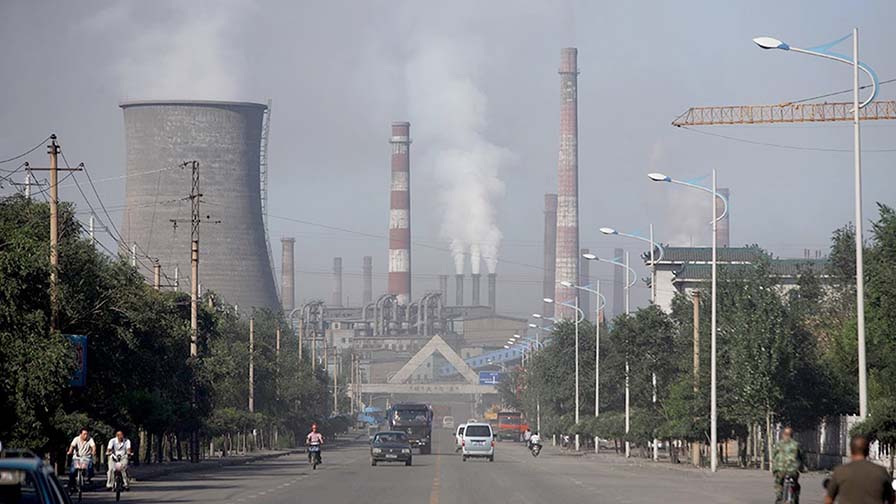14 out of world's 20 most polluted cities in India, says WHO
The WHO data also said that nine out of 10 people in the world breathe air containing high levels of pollutants.

New Delhi: Delhi and Varanasi are among the 14 Indian cities that figured in a list of 20 most polluted cities in the world in terms of PM2.5 levels in 2016, data released by the WHO showed today.
The WHO data also said that nine out of 10 people in the world breathe air containing high levels of pollutants.
Also Read: How air pollution is related to brain abnormalities in kids
Other Indian cities that registered very high levels of PM2.5 pollutants were Kanpur, Faridabad, Gaya, Patna, Agra, Muzaffarpur, Srinagar, Gurgaon, Jaipur, Patiala and Jodhpur followed by Ali Subah Al-Salem in Kuwait and a few cities in China and Mongolia.
In terms of PM10 levels, 13 cities in India figured among the 20 most-polluted cities of the world in 2016.
The World Health Organisation has called upon member-countries in its Southeast Asia Region to aggressively address the double burden of household and ambient (outdoor) air pollution, saying the region, which comprises India, accounts for 34 pc or 2.4 million of the seven million premature deaths caused by household and ambient air pollution together globally every year.
Of the 3.8 million deaths caused by household air pollution globally, the region accounts for 1.5 million or 40 per cent deaths, and of the 4.2 million global deaths due to ambient air pollution, 1.3 million or 30 per cent are reported from the region, it said.
Also Read |
Private vehicles may be banned if air quality worsens in Delhi
Also Read: SC's intervention sought to tackle air pollution crisis
The PM2.5 includes pollutants like sulfate, nitrate and black carbon, which pose the greatest risk to human health.
WHO's global urban air pollution database measured the levels of fine particulate matter (PM10 and PM2.5) from more than 4,300 cities in 108 countries, according to which ambient air pollution alone caused some 4.2 million deaths in 2016, while household air pollution from cooking with polluting fuels and technologies caused an estimated 3.8 million deaths in the same period.
Also Read: Four lakh old four-wheelers will be seized in NCR
Since 2016, over 1,000 additional cities have been added to WHO's database, which shows more countries are measuring and taking action to reduce air pollution than ever before.
"WHO estimates that around 7 million people die every year from exposure to fine particles in polluted air that penetrate deep into the lungs and cardiovascular system, causing diseases including stroke, heart disease, lung cancer, chronic obstructive pulmonary diseases and respiratory infections, including pneumonia," the report said.
According to the report, more than 90 per cent of air pollution-related deaths occur in low- and middle-income countries (including India), mainly in Asia and Africa, followed by low- and middle-income countries of the Eastern Mediterranean region, Europe and the Americas.
Also Read |
Deteriorating air quality making residents fall ill in Delhi
"Around 3 billion people more than 40 per cent of the world's population still do not have access to clean cooking fuels and technologies in their homes, the main source of household air pollution," it said.
It said the WHO recognises air pollution is a critical risk factor for noncommunicable diseases (NCDs), causing an estimated 24 per cent of all adult deaths from heart disease, 25 per cent from stroke, 43 per cent from chronic obstructive pulmonary disease and 29 per cent from lung cancer.
Also Read: Caterpillar could be a solution to plastic pollution
The report, however, stated countries are making efforts and taking measures and in this context, referred to India's Pradhan Mantri Ujjwala Yojana, which it said, in just two years, has provided 37 million women living below the poverty line with free LPG connections to support them to switch to clean household energy use.
India targets to reach 80 million households by 2020. (PTI)
 Dynamite News
Dynamite News 